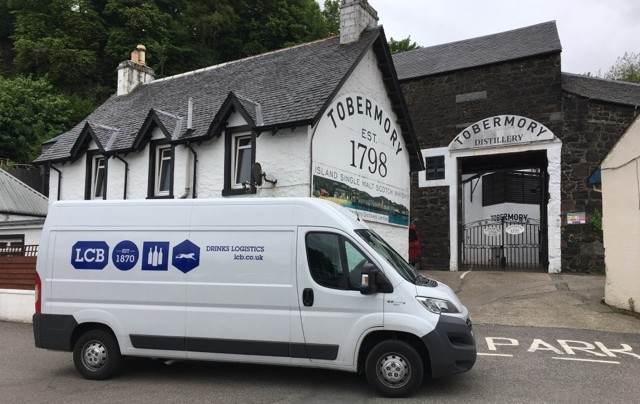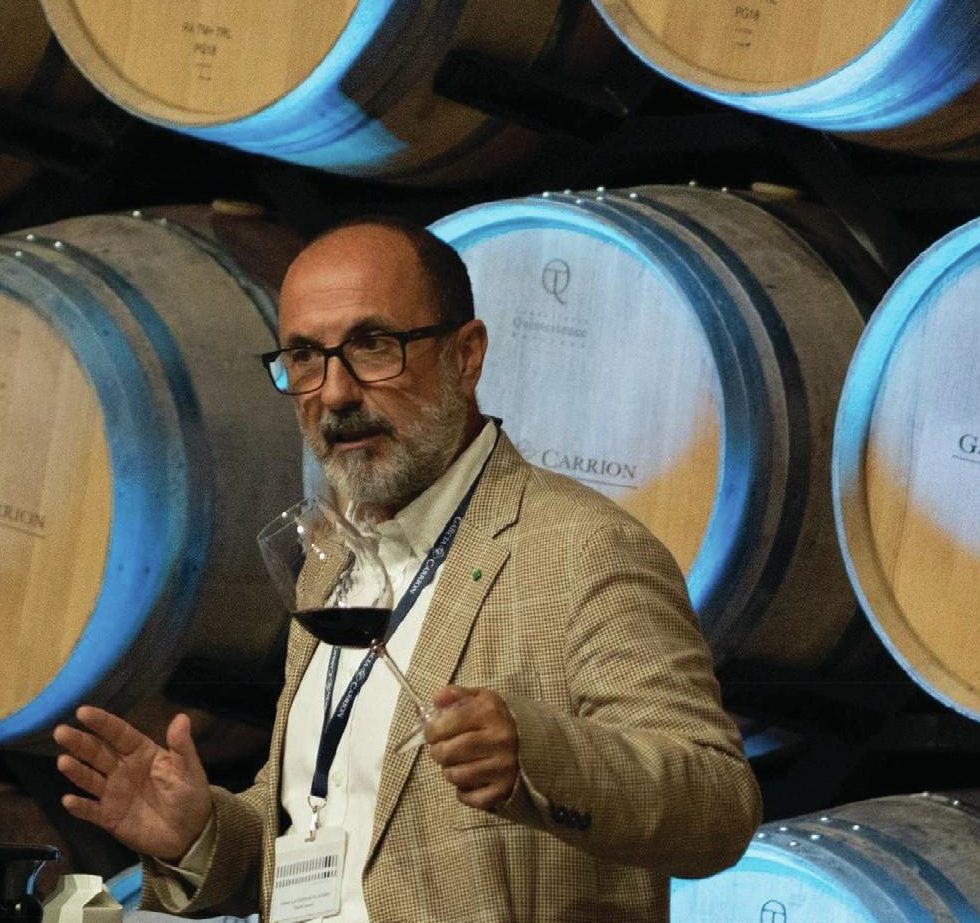Q&A with Laura Catena
Laura Catena’s great-grandfather founded the winery in Mendoza in 1902 after emigrating from Italy and her father, Nicolas Catena Zapata, helped to facilitate the ascent of Argentine Malbec onto the world stage. Born in Mendoza, Laura graduated magna cum laude from Harvard University and has a Medical Doctor degree from Stanford University. She is currently managing director of Bodega Catena Zapata and her own Luca Wines in Mendoza, as well as a practising emergency medicine physician in San Francisco.
1. Why have you decided to lend your support to the IWSC as its 2014 President?
Thirty years ago my father, Nicolas Catena Zapata, had the vision to make Argentine wines that could stand with the best of the world. He was inspired by great pioneers such as Robert Mondavi, who dared to challenge the Old World hegemony on fine wine.
Today, the great international wines and spirits compete for the minds and palates of drinkers and collectors around the globe. It is a healthy battle and a constant challenge that keeps the passion of our ancient industry alive. It is this constant challenge that led my father and me to plant vines at extreme altitudes near the Andes, where nobody thought that they would ripen. It is this constant challenge that inspires younger generations to experiment with new methodologies and to rediscover the artisanship of their forefathers.
Thanks to fair and well-run competitions such as the IWSC, the world’s wine and spirits leaders receive international recognition from their peers. It is an honor to be named President of this 45-year-old institution.
2. How do you plan to use your own wine industry experience and perspective in this role?
Wine and spirits are an example of what is good about globalisation. Globalisation has encouraged each country and each region to champion what is unique and different about it rather than standardise approaches to winemaking. Wine drinkers prize the Malbec from Argentina, Shiraz from Australia, Pinot Noir from Burgundy, Nebbiolo from Piemonte, and Cabernet Sauvignon from Napa among others. They look for Scotch single malt, French Cognac, and Mexican Tequila. Social media and the ease of travel have opened the world’s eyes to the most remote vineyards and regions. Yet to many consumers, the complexity of wine varieties, appellations, and thousands of producers and brands have become daunting.
I started my professional life as a physician and have had the fortune of sharing my winemaking career with teaching medicine at the University of California at San Francisco. I believe that wine education is a key to the survival of the wonderful diversity in our industry. Our greatest challenge today is to help consumers understand this diversity so that they can enjoy discovering new experiences in wine and spirits throughout their lifetimes.
I hope to use my time as IWSC President to champion consumer education, diversity, and quality in our industry.
3. As a winemaker yourself, how important are these wine competitions?
Partner Content
Humans are competitive by nature; we all remember the first medal earned in sports and our first academic honour. Awards play an important role in motivating us to do our best and to never rest on our laurels.
4. How well do you feel Argentina’s wines compete on an international stage?
Argentina’s winemaking started in the 16th century, but the exponential growth of our industry dates back to the mid-19th century following the influx of six million European immigrants, mostly from Italy and Spain. The new immigrants wanted to keep their Old World culinary traditions alive, of which wine was an essential component.
Today, Argentina is the fifth largest producer of wine in the world. Although Malbec is our most famous variety, there are also outstanding examples of Cabernet Sauvignon, Chardonnay, Bonarda, Torrontes, and red and white blends. There are over 100 geographical wine regions throughout the country that stretch 1,250 miles from Salta in the north to Patagonia in the far south. Mendoza is where 70% of the country’s wines are made.
The double-digit growth of Argentine wine exports over the last five years, mostly in the ultra-premium price segment, is indicative of our extraordinarily diverse and privileged mountain terroirs. Naturally low yields, ripe and concentrated tannins, and moderate alcohol levels lead to elegant and age-worthy wines that are appreciated around the world.
5. What projects or ambitions are you currently working towards at Catena Zapata?
Our family has been making wine in Argentina for over a century. I am a member of the fourth generation. My father pioneered Argentina’s Malbec revolution and discovered a new wine terroir at high altitude, our Adrianna vineyard in Gualtallary, Mendoza. The Catena Institute of Wine works tirelessly to understand the intricacies of our unique high altitude region and its jewel “Malbec” as well as to make Argentine wines that can compete with the best of the world. Our family’s goal is to advance our region as a whole and to continue our trajectory as a pioneering wine family for another 100 years.
This is an extended version of the interview that appears in the drinks business IWSC Report 2013, due out with the December issue.




